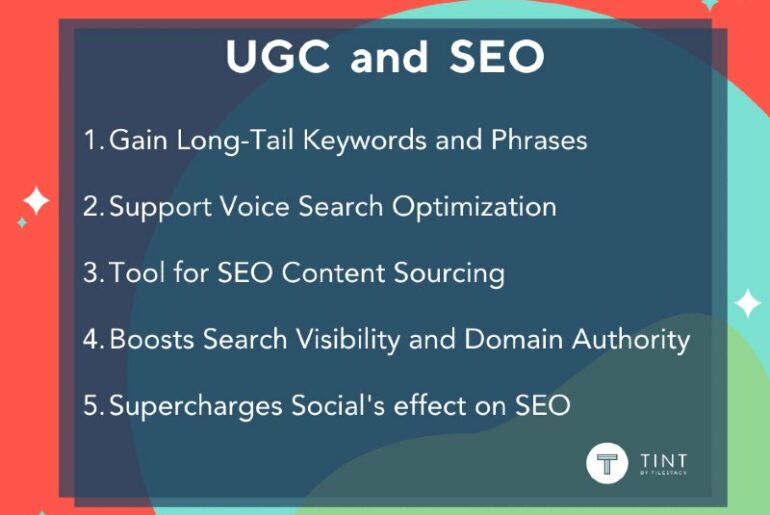There’s no denying that content marketing is an essential part of any marketing strategy- without content, we have nothing. But, while 88% of businesses plan to use content marketing, a full 65% of marketers still struggle to figure out what content is even effective. In other words, we don’t even know if what we’re doing really works– talk about leaping before you look.
The good news is that there are many resources that can help us with our problems – but that also is the bad news. There is too much information about content marketing! And more than half of that content is simply not true.
With so much noise about content marketing, we wanted to break down the biggest misconceptions about content marketing and give you the facts.
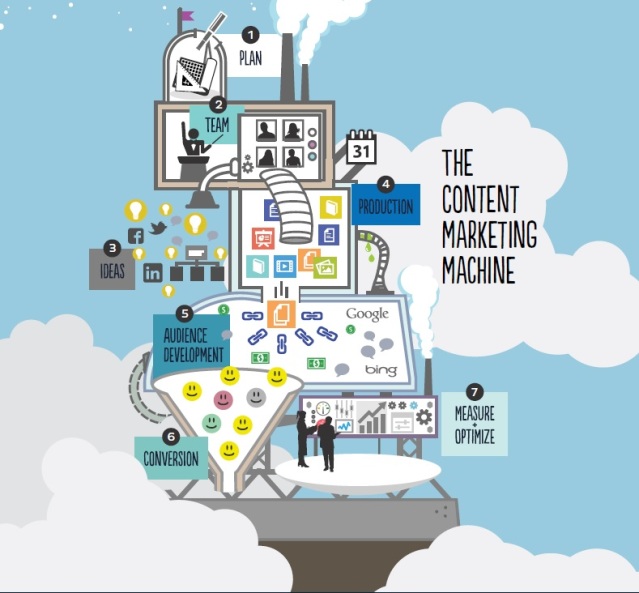
Misconception #1: More Content is Better
One of the most consistent and confusing questions when it comes to content marketing is that of quantity. How consistent do you have to be? What should your marketing schedule look like? How long does each piece of content have to be? With all the misunderstanding and conflicting information out there, some marketers are still getting this all wrong.
When online marketing first started, quantity really did get the job done – writers could just spam the internet with keyword-rich, information-poor content to rank on the search results and get the audience that they were looking for. However, those days are long gone.
Search engines like Google have developed sophisticated algorithms that identify and combat this kind of spam, and low-value pages just don’t stand a chance any more (for more information on how Google monitors content quality, check out their Webmaster Guidelines). On top of that, people want quality: if they see any red flags that indicate that a piece of content is there just to rank or sell, they’ll immediately lose trust and look for a more authentic piece of content. Quality always beats out quantity.

The Value of Quality
That said, marketers still have to maintain a consistent presence in order for their content marketing to be effective. The production of consistent, high-quality content builds brand authority and trust with the consumer.
This is an uphill battle. Consumers have an inherent distrust of brands and marketers, and we have to work hard to break those conceptions and build a relationship. In fact, while “88% of business buyers believe online content plays a major to moderate role in vendor selection, just 9% of respondents think of vendors as trusted sources of content.” This means that a whopping 91% of consumers are looking elsewhere — to research, friends, customer reviews or user generated content — for content that they can trust.
On top of that, there is so much information out there that people are tuning most of it out and only paying attention to content that can concisely and effectively answer their questions or address their pain points and interests.
With all of these obstacles, the only way that content marketing can build an audience is by breaking through the noise and providing the audience with the answers that they’re looking for.
SEE ALSO: How To Breed Authentic Content that Builds Trust
Misconception #2: Quality Content Will Speak For Itself
Oftentimes, content marketers create quality content and then take a hard stop. They think, “This is fantastic, it’s SEO optimized, it’s engaging, it’s clever— who wouldn’t want to read it?” This is a huge mistake. Yes, quality content is absolutely essential for effective content marketing. But it’s not enough. Why? Gini Dietrich, CEO of Arment Dietrich Inc. and author of Spin Sucks, presents these sobering statistics in her blog:
Every minute:
- Facebook users share nearly 2.5 million pieces of content
- Twitter users tweet nearly 300,000 times
- Email users send more than 200 million messages
- YouTube users upload 72 hours of new video content.
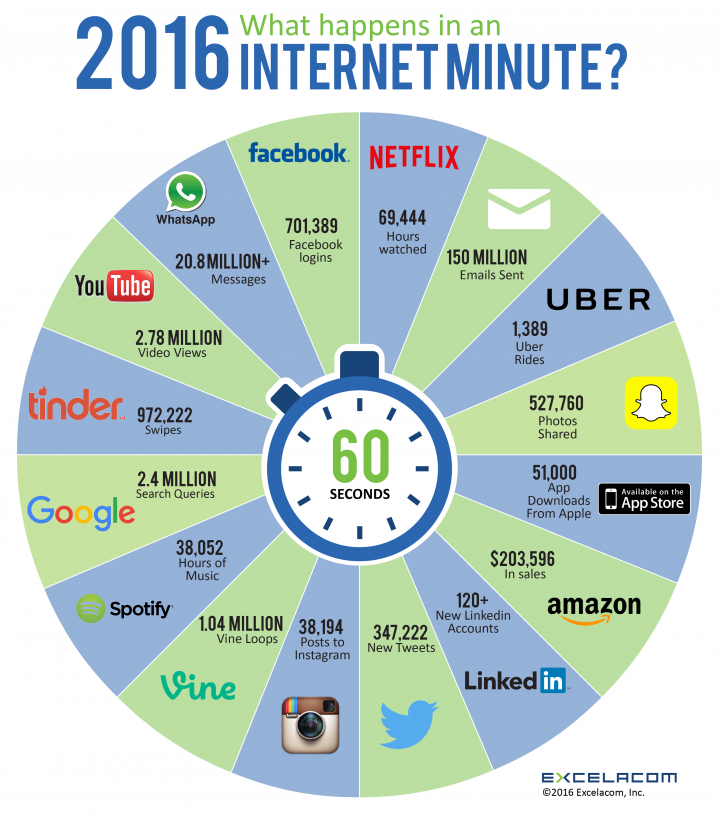
That is a lot of content, and I guarantee you that most of those writers think that what they have to say is interesting and worth the read. In order to stand out in this huge sea of content, today’s content marketing has to be different: marketers have to do something that no one else is doing, whether that means knowing more than anyone else about a certain topic, occupying a niche keyword, or taking a unique twist on a familiar topic.
Rand Fishkin, founder and former CEO of Moz, explains this well during his Whiteboard Friday discussion on 10x content, saying that in today’s world it’s not about being, “as good as the top 10 people in the search results for this particular keyword term or phrase,” but rather about, “creating something 10 times better than what any of these folks are currently doing.”
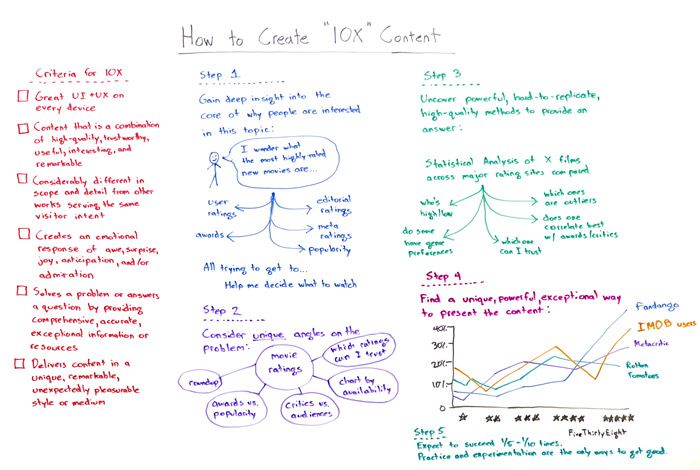
The Power of Knowing Your Audience
Don’t get overwhelmed here— this doesn’t mean reinventing the wheel. Instead, it means finding what your audience wants and giving them exactly that in a way that they won’t find on a competitor’s website. How is this accomplished? By listening, paying attention to the feedback that your audience is giving you and using this data to your advantage.
Never assume that you know your audience. Even if you have been in the industry for years, you can’t rely on intuition or a “best guess” to determine what your audience wants to see or when/where they want to see it. Instead, look at key metrics to gather concrete information on things like:
- Pageviews
- Click-through rates
- Traffic source
- Popular topics
- Competitor metrics
- Social media engagement
- Etc.
Again, consumers want content that answers their questions and speaks directly to them. Using the data that they are giving you allows you to get an accurate sense of how well you are accomplishing this task (a good place starting tool is Google Analytics). Once you have this information, you can come up with content marketing strategies that continue to segment and effectively target your audience. Always re-evaluate, always check your metrics, and never become passive in your content production.
Misconception #3: There’s One Right Way To Get Content Out There
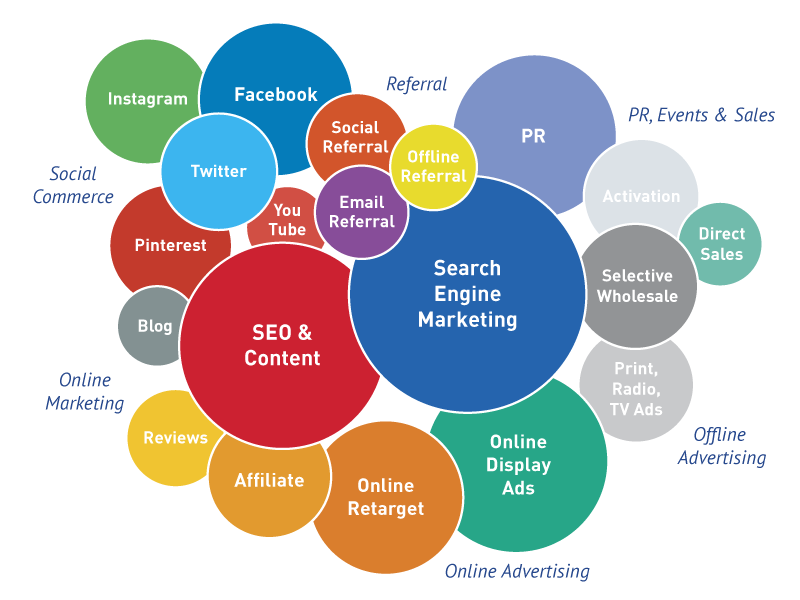
Today, there are many types of marketing out there— traditional marketing, inbound marketing, growth-driven design marketing (GDD), content marketing, etc.— and many marketers often fall into the trap of believing that their type of marketing is the “best” or that it’s the only strategy they need to market effectively. The reality is that no one should pigeonhole themselves when it comes to marketing strategy. In fact, staying in one lane and focusing on a single set of tools can be a huge setback.
Marcus Miller, a top digital marketing strategist at Bowler Hat, explains it this way:
“The right way to promote your content is the right way to promote your content – that is you will need to tailor the promotion of the content based on your specific business objectives and content marketing strategy. Whether you want to raise awareness with a new audience, engage a current audience, promote a product or service or up-sell to existing customers the approach will be different. Likewise there are just so many options to promote your content with your target demographic: social networks (of which there are several), paid social ads, organic search, inbound marketing, email, content promotion networks like outbrain, influencer marketing and the list goes on and on.”
In other words, there are a lot of different routes that can and should be considered with every step of each new campaign or goal. Of course, this isn’t to say that you have to change what you’re doing every time or that you should abandon the strategies that have proven effective for your business— if they bring you results, then stick with them. However, you have to alter things based on each campaign’s purpose and stay open to the idea that something new or different may be worth adding to your repertoire if you want to make it in marketing today. Why?
The marketing world is a dynamic, living network, and each strategy or “marketing type” has valuable tools or strategies that can (and should) be used together. The owner of a clothing boutique, for example, can effectively use traditional marketing tools like flyers or brochures in tandem with inbound marketing content and social media strategies in order to get the word out there about her business.
Considering this in the context of content marketing, this means that marketers have to think way bigger than just content creation and “traditional” content marketing strategies. And this can be difficult. Andy Crestodina— a web strategist, speaker, author and co-founder of Orbit Media, explains, “A lot of content marketers push out a consistent stream of blog posts, daily or weekly, without putting in the work to drive traffic to this content. Maybe it’s because content is easier than marketing. Publishing is easy; attracting targeted visitors to your articles is not!”
This has to change. Content marketers are part of this bigger marketing network, and ignoring that fact can be detrimental in the long-term.
Yes, visibility is important and content creation itself is key. That said, if people can’t find the content, or they read it and don’t do anything, it’s basically a waste of time and resources. The audience have to be incentivized to take action for the content to be effective. They should:
- Revisit your site
- Share content
- Continue browsing
- Buy your product or service
- Click a CTA
- Download Gated Content
For this to happen, there needs to be a comprehensive marketing strategy. Jacob Varghese, a top digital marketing consultant and strategist, puts it this way:
“Content creation and content marketing are not the same thing. It is important to figure out what role the content you create is expected to play in the buyer’s journey. And how will the content get to your customer/target audience? Content marketing should include a plan for content promotion across different channels and overlapping tactics, nested within the overall marketing strategy that works towards business goals. E.g: Trying to increase organic traffic? Then your content marketing should support that goal with on page keyword (from keyword analysis) optimization and also some backlinking tactics, influencer outreach etc.”
In other words, marketers have to identify the content, strategies and tools — like social media, conversations, advertising and SEO — that will resonate with their targeted buyer personas and make them take action. Paul Roetzer, founder and CEO of PR 20/20 and author of The Marketing Performance Blueprint, summed this up by saying, “A simple rule to consider is to spend 20% of resources on production, and 80% on promotion.”
What kind of promotion? This is where data, analytics, precise targeting and patience come into play once again. You have to know who your personas are, where they are in the sales process, and what their interests are in order to come up with an appropriate social media & promotion strategy.
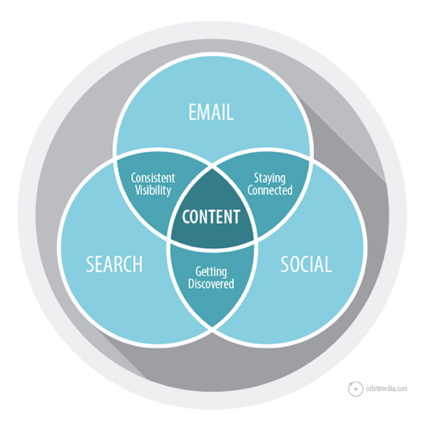
Remember, when it comes to content marketing, it’s a marathon, not a sprint. The key is to maintain an active dialogue with your consumer so that you can answer their questions, get at their pain points, and deliver the content that’s going to be worth the read.



